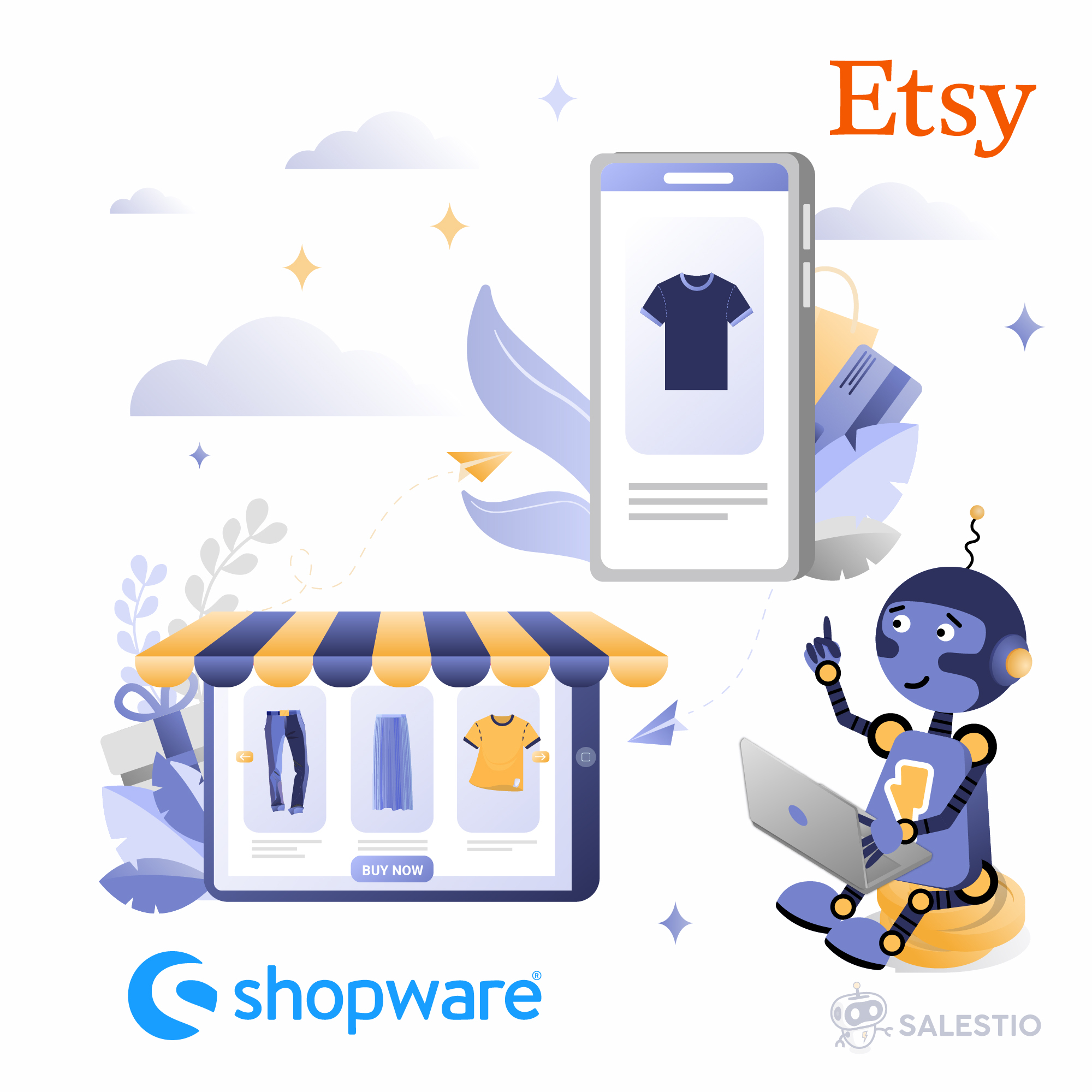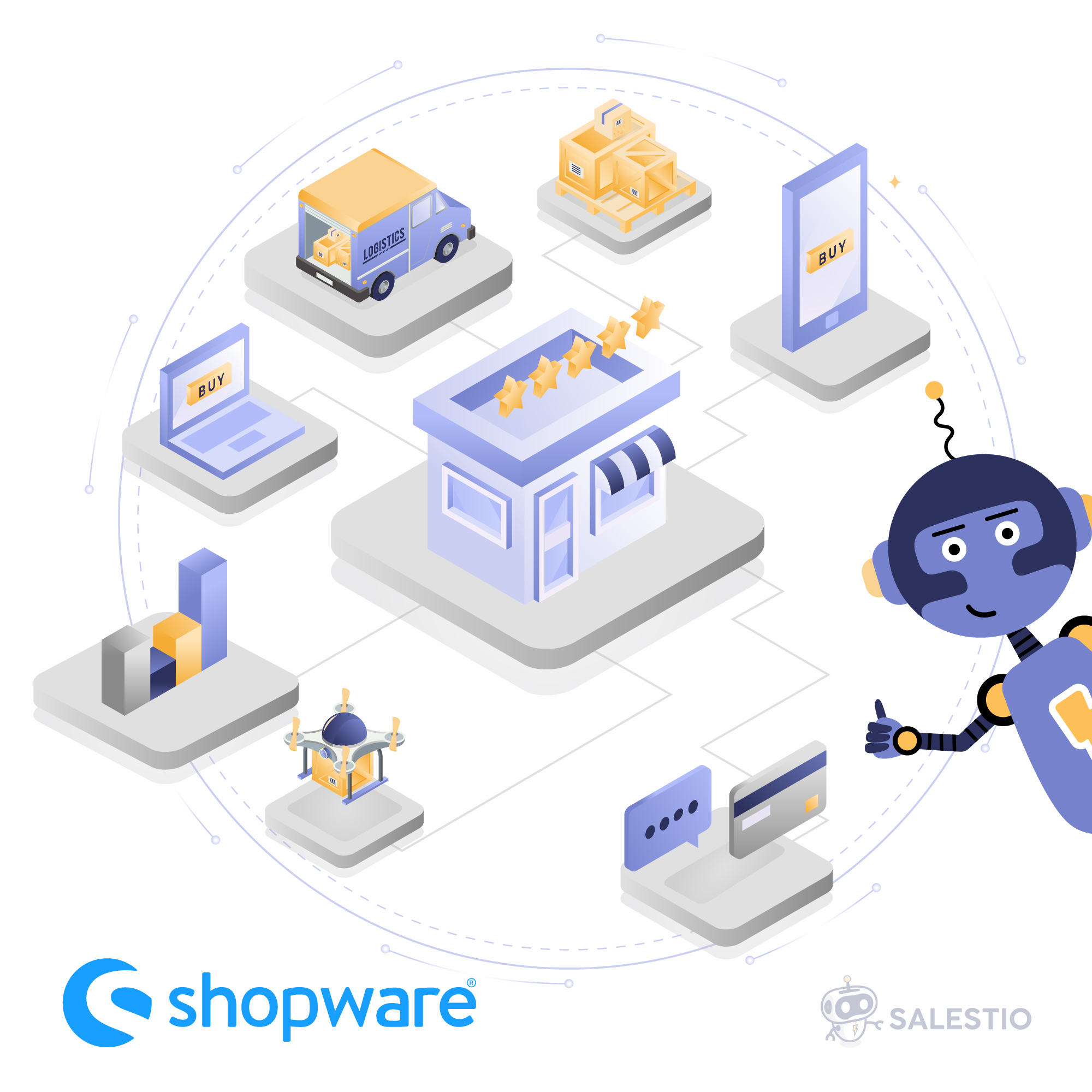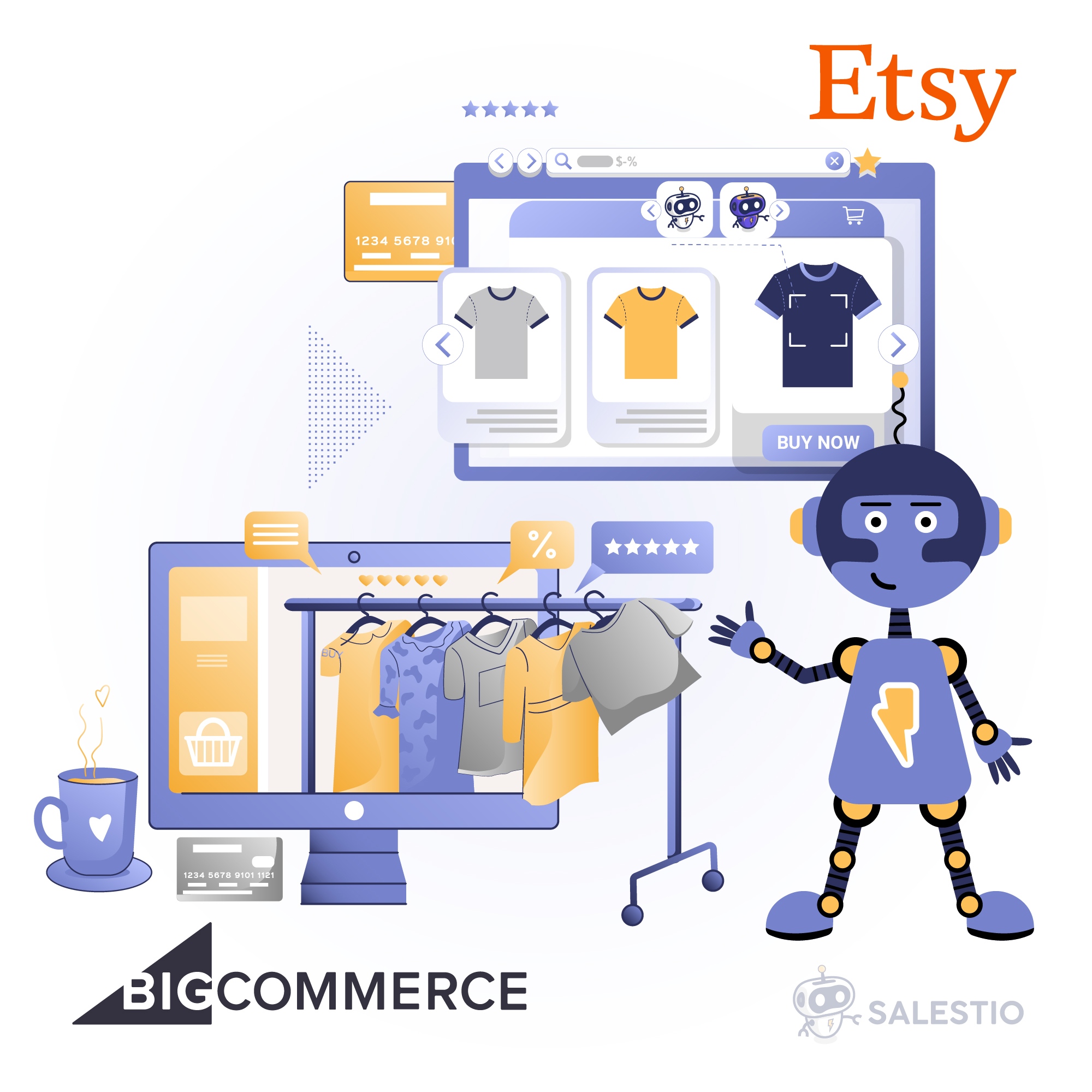28 Sep'21

Order fulfillment is one of the key elements to successful online selling. When buyers purchase your products, they expect them to arrive on time and in a proper condition. Buyers find it reassuring to be able to track their orders. So, you as a seller, want to do your best to meet buyers’ expectations at this point.
Order fulfillment includes a bunch of various processes. They include stock storage and management, orders processing (packing and labeling), orders shipping (including notifications to buyers), and even returns handling. Therefore, order fulfillment might look a bit overwhelming when selling online. This article is meant to relieve the confusion, and show how the whole process works in various e-commerce platforms.
Who fulfills the orders?
Orders can be fulfilled by merchants themselves or by other parties.
Sellers might want to fulfill the orders on their own when they manage goods production, especially if they sell various handmade staff. When products come in small volumes, they are easy to manage, and orders fulfillment does not take much time and effort. Some benefits to keep the fulfillment process in-house might include having the ability to control every aspect of it and higher margins because a seller does not need to pay for the fulfillment service.
Other fulfillment options include dropshipping and third-party logistics (3PL).
In the case of dropshipping, you as a seller work directly with manufacturers to sell their goods to your customers. You do not stock or own the inventory. When you sell a product, you pass that order directly to the manufacture and they handle the fulfillment process.
A 3PL provider is a company that offers warehousing, inventory management, packing, shipping, receiving the goods from manufacturers, handling returns. It saves you a lot of time and effort that you can use to promote the products and build your brand.
Amazon Fulfillment is a kind of 3PL service. However, taking into account the popularity of the platform, it is often defined as a stand-alone fulfillment service. We will describe it in detail later in this article.
A downside of having other companies fulfill your orders might be a lack of control over the product’s qualities and shipping process. At the end of the day, your buyers rely on you to have their orders shipped on time and in a good shape. Therefore, working with a trusted service might be crucial for your business.
In this part, we will describe how order fulfillment can be handled on various e-commerce platforms. It works not only when you fulfill the orders by yourself, but also in integration with other apps that offer third-party logistics. We will describe this process using fulfillment by sellers as an example.
Order fulfillment in Shopify
If you manage order fulfillment on your own and track the inventory, you should start by setting the location of the warehouse(s). Yes, in Shopify you can add more than one.
To set the location, you should open Settings and select Locations. On the next screen, you will see the list of already added locations. Here you can also select the default location and set the fulfillment priority. To add a new location, click the Add location button in the top right corner of the page.

Here you should add the needed details like the name, address, and phone. As you sell online, make sure that ‘Fulfill online orders from this location’ is checked. By default, it should be checked. Then click the ‘Save’ button.
You might also want to check the Shipping and Delivery settings from your Shopify admin panel. There you will be able to set custom shipping rates, manage delivery and pickup by location, add packages to calculate the shipping rates, set packing slip templates, connect your existing accounts with the shipping carriers, and set custom order fulfillment services if you use any.

After you click the ‘Add fulfillment service’ button, you will be able to add the service name and its email. When a new order to fulfill appears on your store, the notification to the fulfillment service will be sent to this email.
At this point, you should be all set to fulfill the orders. After you receive a new order from the customer, it will be placed under the Orders tab. By default, Shopify shows all orders but you can easily switch to the Unfulfilled tab, and see the orders you have to fulfill.

Then you can select the order, and you will see the order details, products purchased, the amount paid, customer’s name and addresses, and shipping information, notes, and timeline. At this point, before clicking the ‘Fulfill items’ button, you can change the warehouse location in case you have multiple, and hold fulfillment if needed.

When you are ready to fulfill the order, click the ‘Fulfill items’ button. You will be redirected to the page where you can review the fulfillment details, print the packing slip, set the tracking number, and select the shipping carrier. If you are missing the needed shipping carriers, go back to Shipping and Delivery in Shopify Settings, and add the needed custom shipping rates.

Remember to check ‘Send shipment details to your customer now’. Your customers will appreciate the notification, as they will be aware of the shipping process.
If you use any of the Shipping services, they might add some steps to the whole process. A lot of services offer Shopify integration, and you can find them in Shopify App Store.
We would also recommend checking the Notification settings on your store. Here you can find and modify the notification emails related to order updates that are sent to your clients. Please follow this link to the Shopify support article to check more details on this.
Order fulfillment in BigCommerce
BigCommerce offers a whole list of order statuses that you can use to manage your orders. To view the complete list and modify statuses, go to BigCommerce admin panel > Orders > Order Statuses.

After an order is paid, it goes to the Awaiting Fulfillment status. This is where you can actually start fulfilling this order. Depending on your Order Statuses workflow, you can also fulfill the orders that are in the Awaiting Shipping statuses.
To view the list of the Awaiting Fulfillment orders, navigate to the Orders menu. The list of all orders will be displayed. Switch to the Awaiting Fulfillment tab. Click the Plus icon at the beginning of the order line to review the order details. When you are ready to fulfill the items, click the Ship items button.

On the upcoming screen, you will be able to fulfill the items and add shipping details. In the top right corner of the form, you can add the quantity of the items. By default, the qty stays as it was added by the customer, but you can modify it. If you need to divide shipping, adjust the quantity per your needs. In this case, the order status will change to Partially Shipped after you submit the form.

Here you can also add and modify the package dimensions, add Packing Slip Notes, select Shipping service and add a tracking number.
If you keep the ‘Update the order status and notify the customer via email’ box checked, the Order status will be updated automatically, and your customer will receive an email notification. Later in this section, we will describe where you can modify the email content.
After the fields are added, click the Create shipment button. The order status will be updated to Shipped or Partially Shipped.
Another important thing that you wouldn’t want to miss when fulfilling orders, is printing Packing Slips. You can find it under the Actions option along with the other useful actions. To open the Actions menu, click the 3 dots at the end of the order line when you view your orders.

You can also perform actions in a bulk. To do so, select the needed orders, click the ‘Choose an action’ at the top of the Orders page, and select from the available options. You can also manually update the order statuses in a bulk.
In general, Order Statuses workflow is performed via Actions. Surely, you can manually update statuses for the selected orders. However, with the Actions options, statuses are updated automatically. If you use any of the third-party logistics services, the order statuses updates and actions are managed by integrations of these services.
Let’s go back to emails for a minute. BigCommerce allows you to set and edit the email notifications that your customers receive. The list of such emails also includes notifications about the updates of the order statuses. To enable or disable such emails, or modify the template, go to Marketing > Transactional Emails.

BigCommerce offers a great tool to import tracking numbers for various carriers. You might want to check if you need to fulfill many orders daily and want to save time and effort while adding the tracking numbers for each shipped order. More details on how to use the tracking tool are in the BigCommerce support article.
Order Statuses Updates in Salestio (Shopify, BigCommerce)
Salestio handles order statuses updates similarly on both platforms. Firstly, here is a list of checks before Salestio creates orders from eBay and Amazon:
- Check if the fulfillment method is MFN (in the case of Amazon orders). Salestio can only create the orders that should be fulfilled by merchants.
- Check if the product SKU exists on Shopify, BigCommerce.
- Check if the product stock is more than 0.
Otherwise, Salestio does not create an order on the corresponding platform. However, you can still check all orders under the Orders tab in the app. More details on the complete description of how Salestio processes Amazon orders are in one of our previous blog posts.
Salestio sends the order status update back to Amazon and eBay after you fulfill the order in Shopify and BigCommerce. The important steps here are to add the Shipping service and the Tracking code. It will allow your buyers from Amazon and eBay to be aware of their shipping.
The scheme below shows how the order status update is transferred back to the platform where it originally appeared.

In this blog post, we highlighted how order fulfillment happens on Shopify and BigCommerce when the merchants fulfill the orders on their own. We also described the important steps, so that the status update could be sent to eBay and Shopify. In the next blog post, we will also describe how this process can be done on PrestaShop, and on eBay and Amazon directly. So, stay tuned for more interesting guides from us!
You can find Salestio on the Shopify app store and on the BigCommerce Apps Marketplace.
The documentation page for various Salestio integrations is available at our help center.





